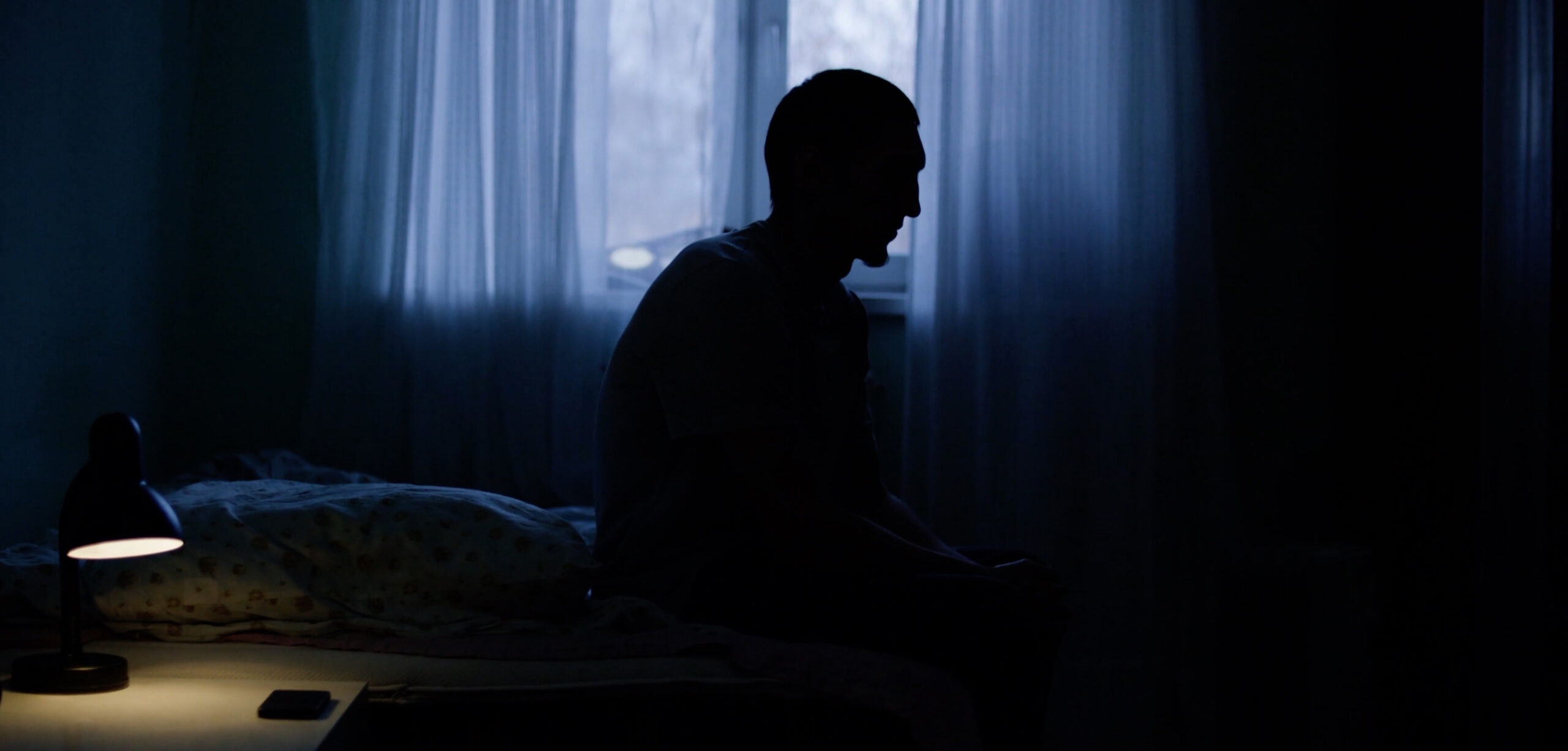Current Project
The Sleeptalker
Background: Sleep talking

WHAT IS IT?
Somniloquy, commonly referred to as sleep talking, is a parasomnia in which one speaks aloud while asleep. It can range from simple mumbling sounds to loud shouts or long, frequently inarticulate, speeches.
View real sleep talking caught on tape:
WHAT CAUSES IT?
Researchers still don’t know what causes sleep talking. Some theories say that sleep talking may be hereditary. It can also be caused by sleep deprivation, day-time drowsiness, alcohol, and fever. Sleep talking is also found to be predominantly associated with individuals with mental health issues such as post-traumatic stress disorder (PTSD), depression, and anxiety.
If the sleep talking is dramatic, emotional, or profane it may be a sign of another sleep disorder, such as confusional arousals, sleep apnea, and REM sleep behavior disorder. In rare cases, adult-onset sleep talking is linked with a psychiatric disorder or nocturnal seizure.
STATISTICS:
Contrary to what many people believe, sleep talking is very common and is actually one of the most popular nocturnal behaviors globally.
Sleep talking is estimated to affect around 5 percent of all adults, but many more of us may experience this complex behavior, particularly if we’re stressed or sleep-deprived. A 2010 study in the journal Sleep Medicine suggested that around two-thirds of people have at least one episode of sleep talking in adulthood and 50% of young children experience it at least once a year.
However, valid estimation of the prevalence of this phenomenon is difficult as the sleeptalker either does not remember or are not aware of their sleep talking. The same uncertainty exists concerning the age of onset because early occurrences may have escaped notice.
ANALYSIS:
Sleep talking by itself is typically harmless; however, it can wake others and cause them consternation—especially when misinterpreted as conscious speech by an observer.
Sleep talking can occur by itself (i.e., idiopathic) or as a feature of another sleep disorder such as:
- Rapid eye movement behavior disorder (RBD) – loud, emotional or profane sleep talking
- Sleepwalking
- Night terrors – intense fear, screaming, shouting
- Sleep-related eating disorder (SRED)
A large percentage of people progressively sleep talk less often after the age of 25. A sizable proportion of people without any episode during their childhood begin to sleep-talk in adult life.
Around half of sleep talking is incomprehensible, according to audio recordings from a 2017 study published in the journal Sleep. The same study found that, out of 3,349 understandable recordings, the word that most sleep talkers said was “no”. Nearly 10% of sleep talking in the 2017 sleep study contained profanities and swearing.